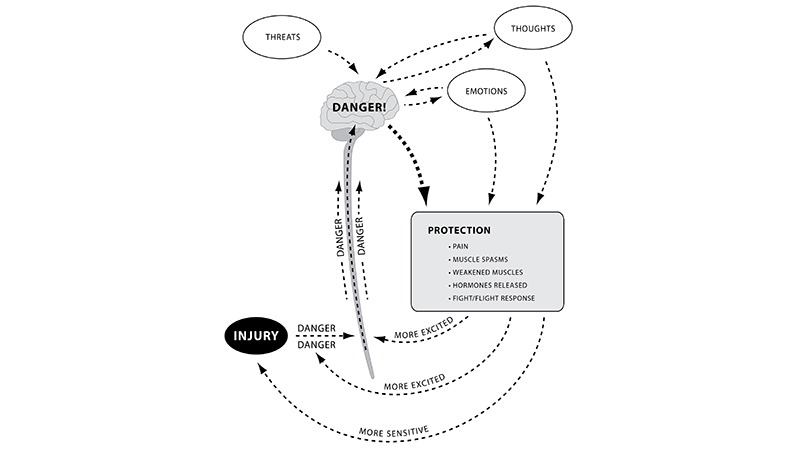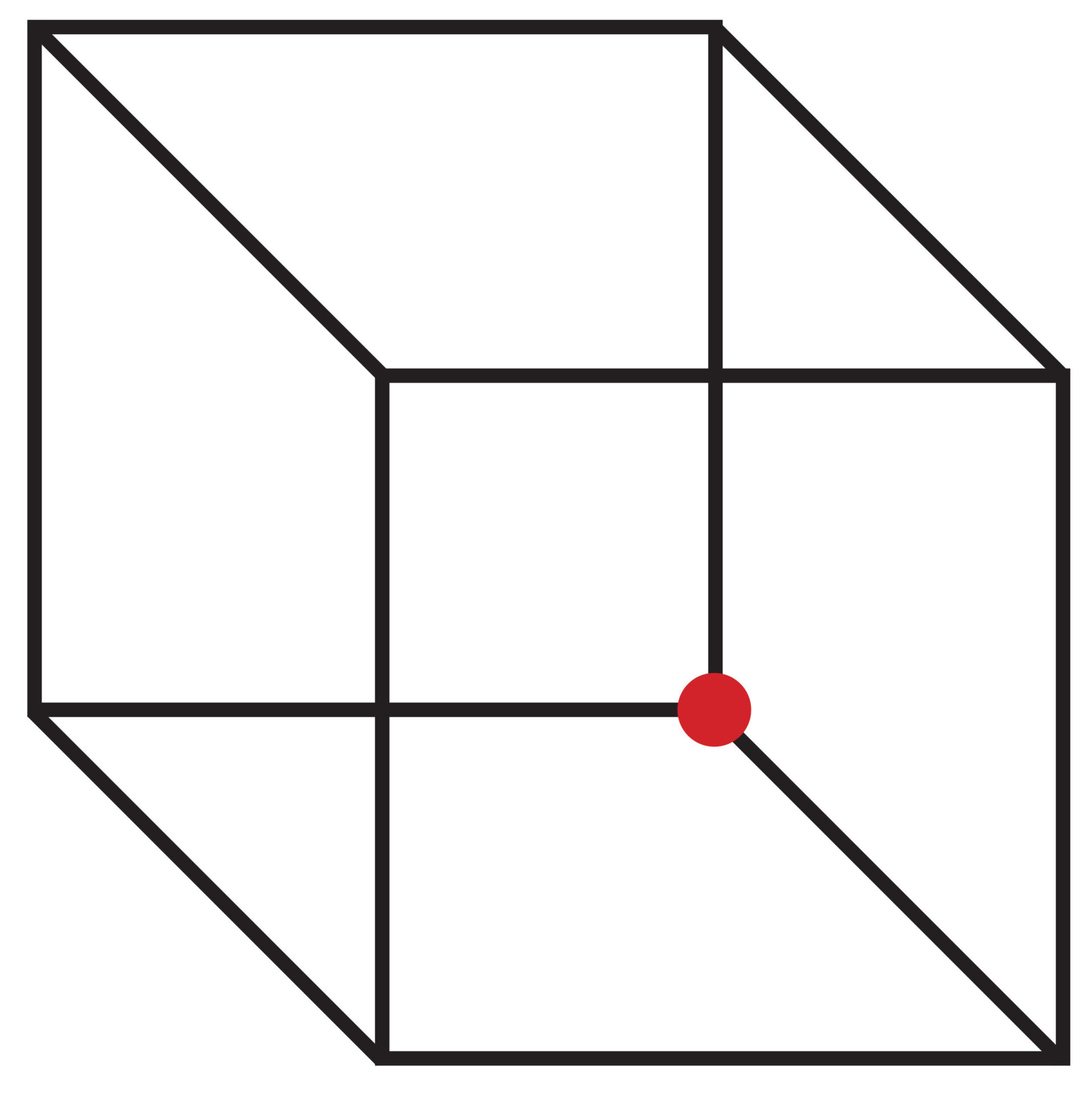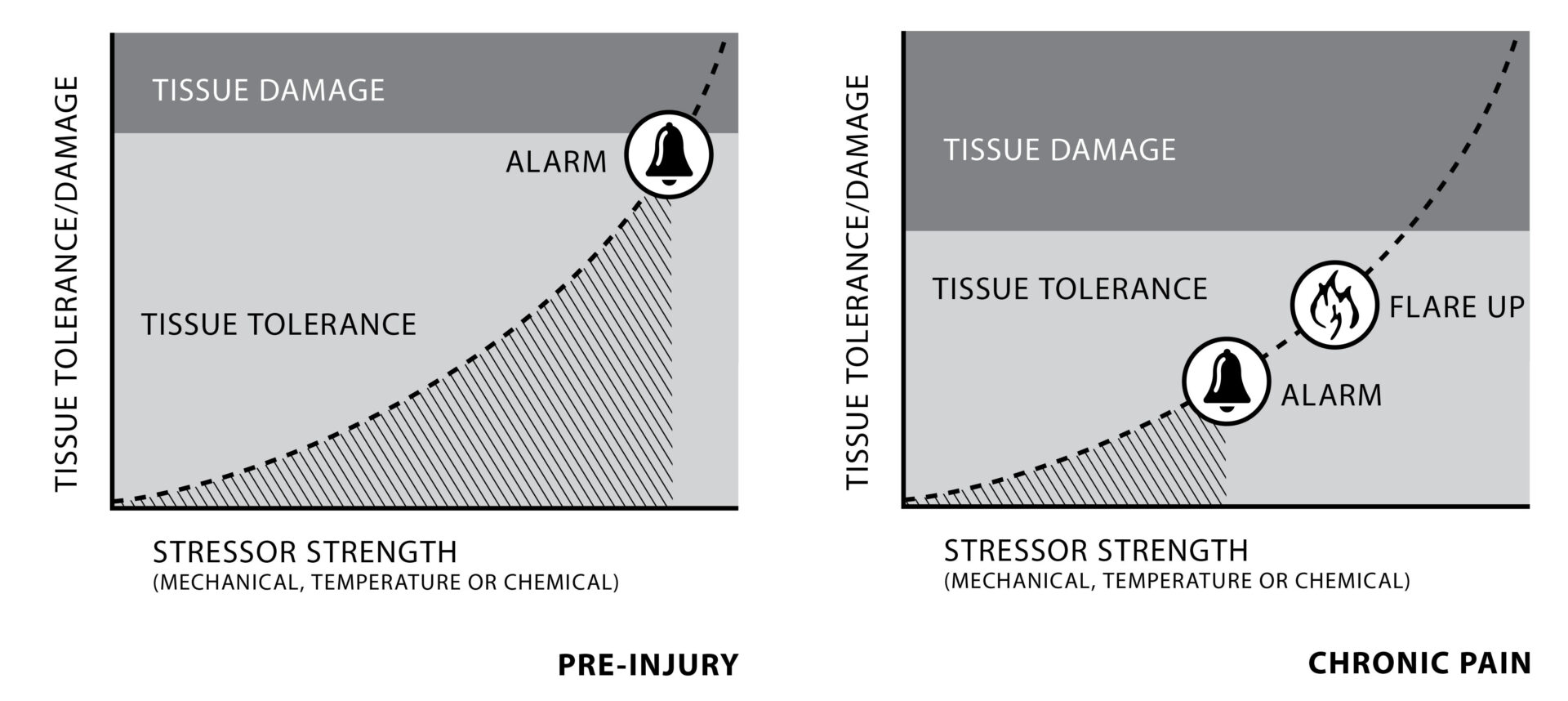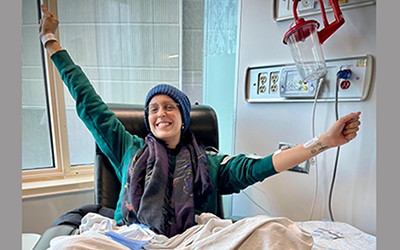
My Cancer Journey
By Sivananda Teacher Uma
Hi, everyone! I hope you’re all doing well. Thank you so much for all the love and support—it truly means a lot to me. I wanted to share a little update after my first chemo session last Tuesday.
A few hours after the infusion, the symptoms started to set in—body aches and nausea—that grew more intense over the following days. Yesterday was especially tough due to an added side effect from an immune-boosting injection to increase my white blood cells, which I’ll need to take after each chemo session. This injection caused significant bone pain, adding a new layer to the discomfort.
The experience was much more intense than I’d anticipated, especially since I’d heard that the first round tends to be easier and that effects are cumulative. Naturally, I feel some anxiety about how future sessions might build on this. But I’m happy to share that this morning, I finally turned a corner, and tonight I’m feeling so much better! Tomorrow is looking like it’ll be a really good day.
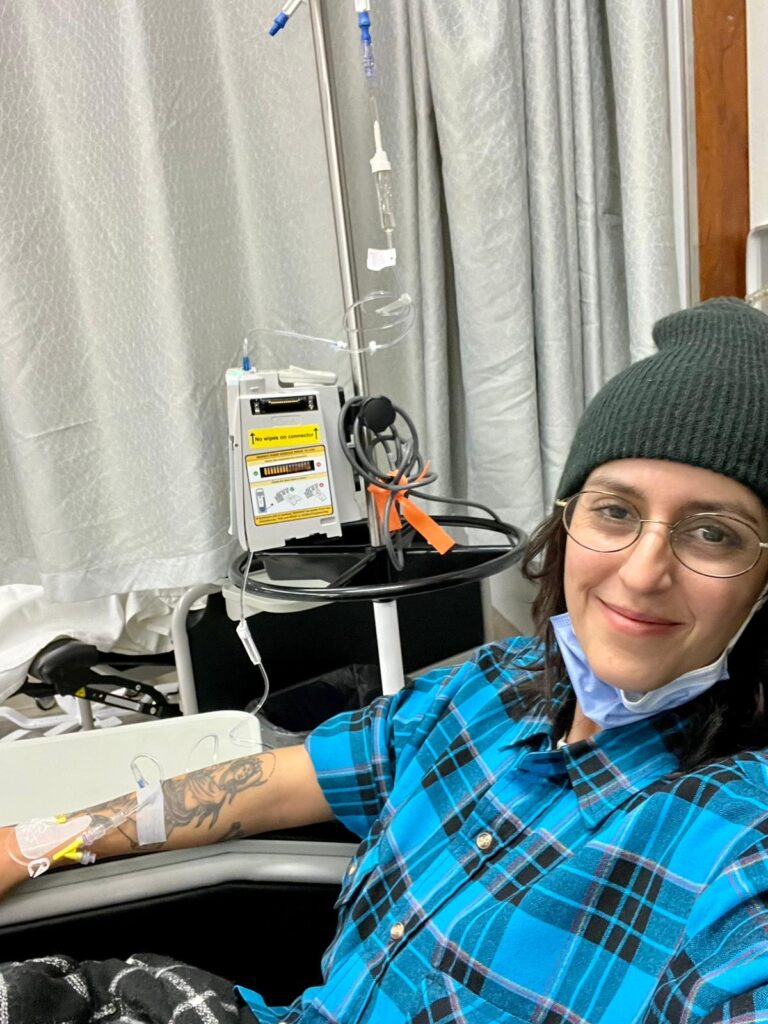
Hey there! Just finished my second chemotherapy cycle: 2 down, 6 more to go! Again it was quick and easy, just a few weird sensations in the body which are normal. The side effects are beginning to kick in so I’ll just rest for the next few days. Im very well taken care of, I have lots of easy food options and my home pharmacy is stocked. Let’s pray that this cycle is so effective it melts the tumor down.
My hair is now actively shedding… its a very weird experience as a lot of it is falling out very fast.
Over the last three years, yoga has taught me to let go of vanity. Those of you who have known me for a long time know how I never left the house without lipstick and concealer! I was so attached to makeup and how I looked… But I slowly learned to look at myself without any of it and think I truly looked beautiful. So loosing my hair feels like the ultimate lesson!
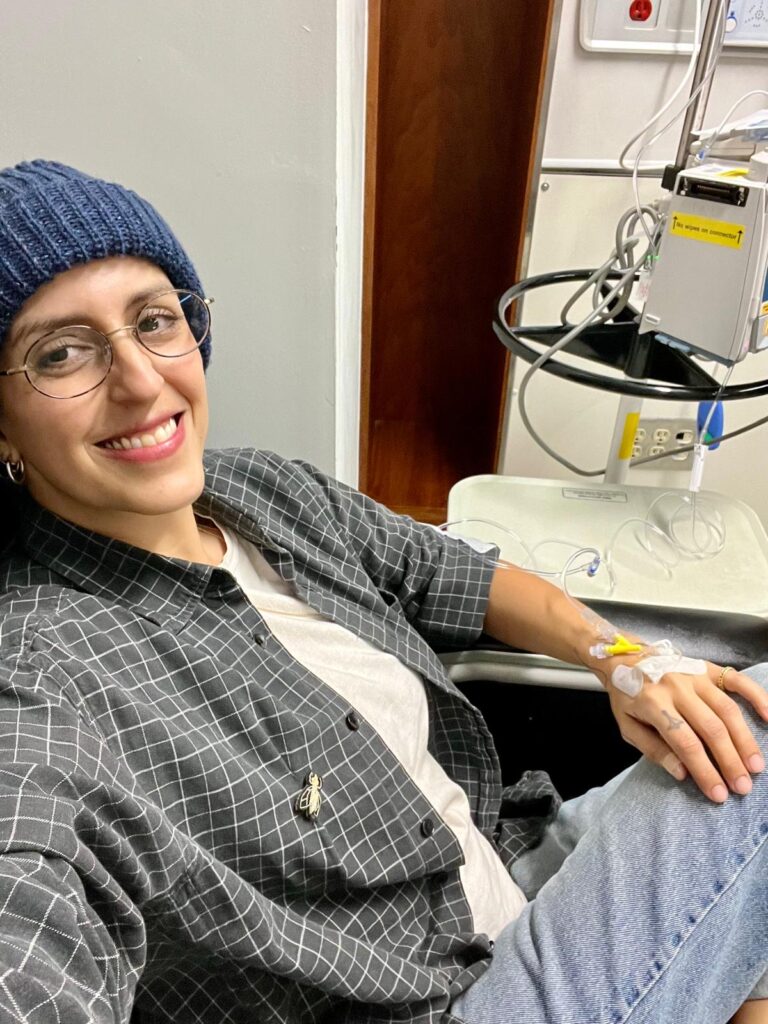
Chemo three

It feels good to be here: in treatment and closer to the cure! The nurses love it when, as they set up the medicine, I do a little prayer thanking those who developed this miracle drug and those who deliver it to me. It is a true blessing and a real privilege to have access to this miracle. Now I’m off to rest, rest and rest while the magic happens inside my body. In just 4–5 days, I’ll be up and running again! Sending you all so much love and light.
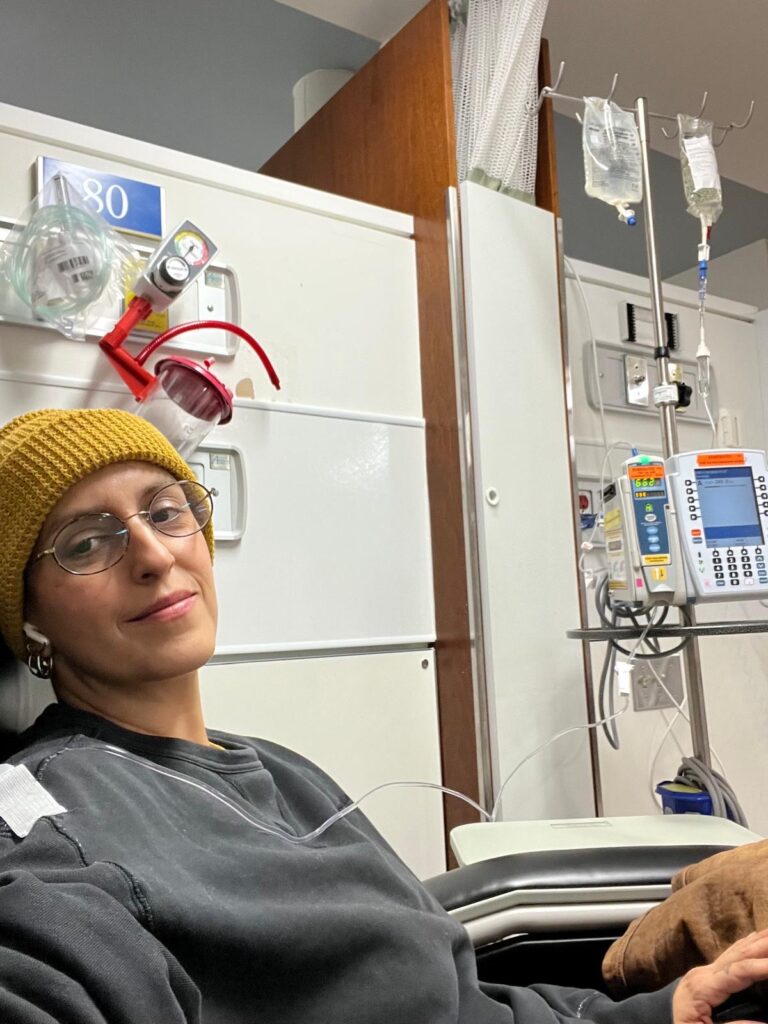
#4 done – I’m officially halfway through chemotherapy! As you can see, I couldn’t quite find a proper smile today. Each cycle feels a little different, and this time I felt uncomfortable. I wasn’t feeling ready, as I’m still recovering from a bronchitis infection caused by my low immunity. Having been unwell for the past two weeks, I would have chosen to postpone this session for a moment of respite. BUT if there’s one lesson this journey with cancer is teaching me, it’s that I don’t have a choice other than acceptance and surrender to God’s will. Sending all my love.

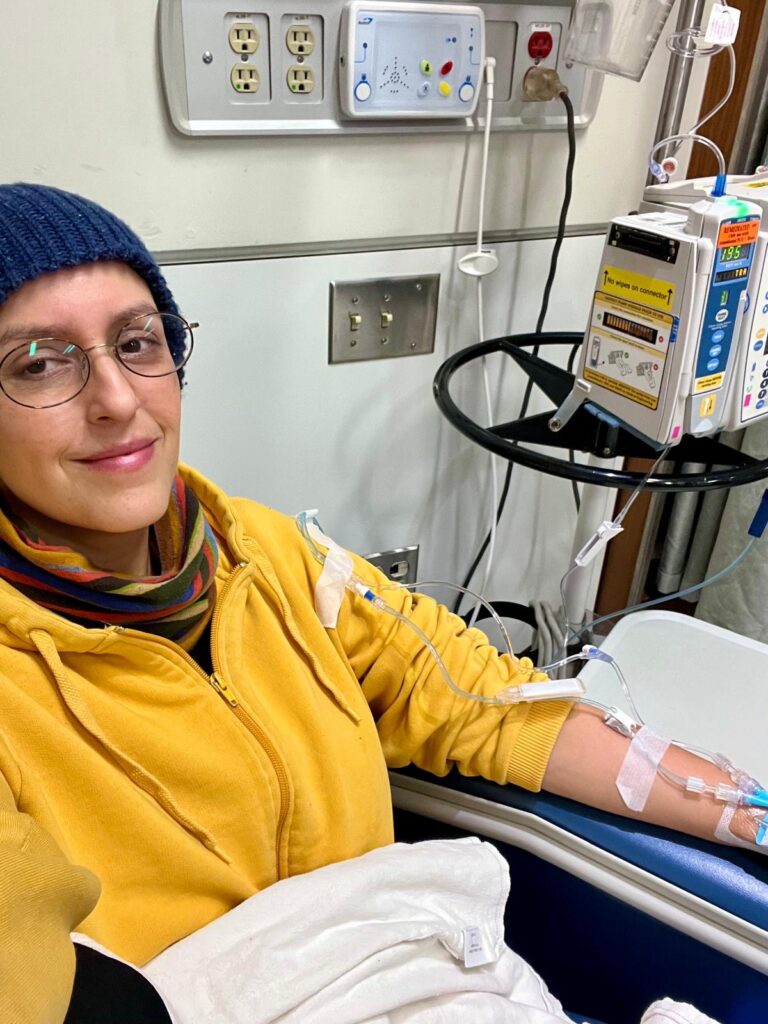
Hello! I’ve just completed my 5th chemo treatment, this time with a new set of drugs that required 7 hours of infusions. It was a long day but It feels good to be more than halfway through this part of the journey! I’m feeling well because I had a warm, beautiful Christmas in my new home with Meredith, who has been so gracious and generous about embracing this chapter with me. And now, the best part—I get to see Nico in one day! My heart is full of gratitude for all your love and support. Thank you for being with me through it all!
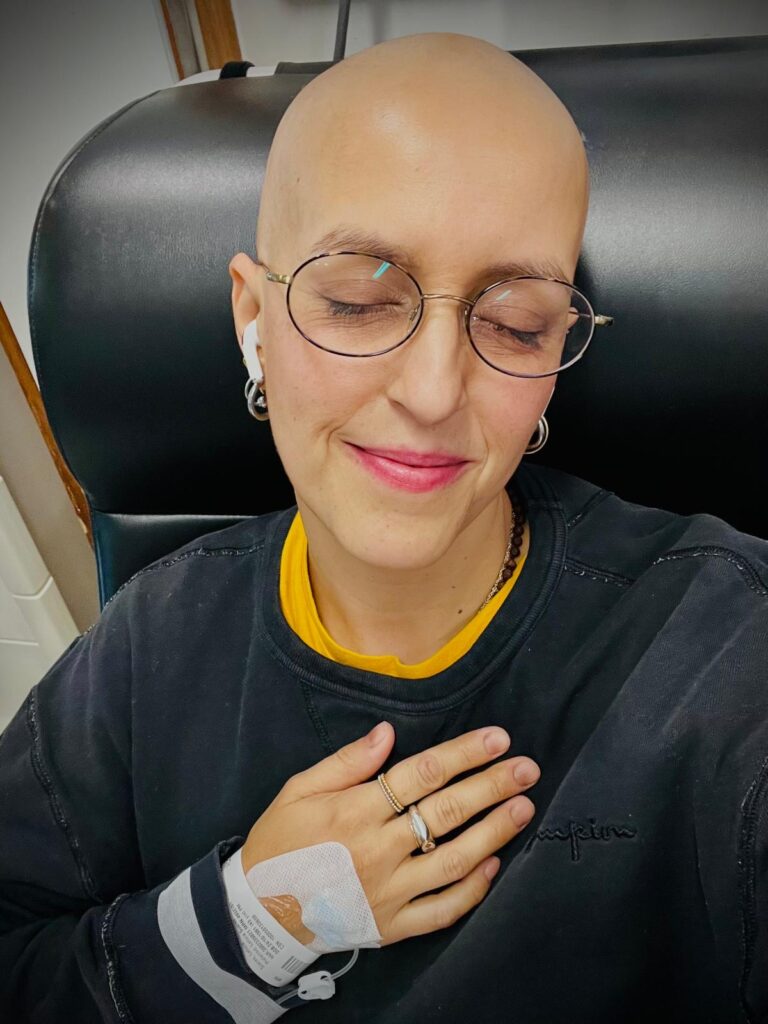
My head is bald, my nails are purple, my skin is dry, my immunity is low and my heart is fragile… BUT the tumor is dissolving! After just one cycle of this new chemo, the cancerous mass has shrunk dramatically – a deeply reassuring result! I can’t wait to see the impact of this second session. The power of this medicine is astounding! Whenever my mind resists the side effects, I gently remind myself: these are signs that healing is actively taking place. And so, I surrender… Chemo #6 is complete, only two more to go! HAPPY 2025!
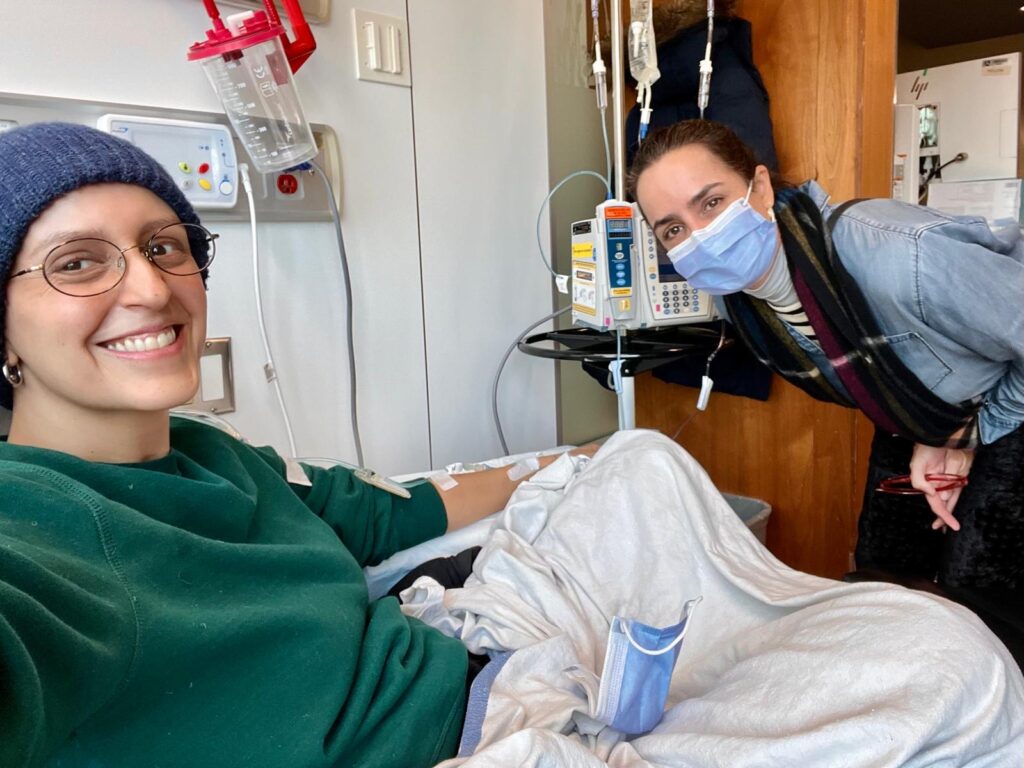
Today’s selfie features a very special guest—my dear sister Camila, visiting from Brazil to be by my side for this significant milestone. Having her here for my last chemo session is an incredible gift! We’ll sit together for the next six hours… stay tuned.

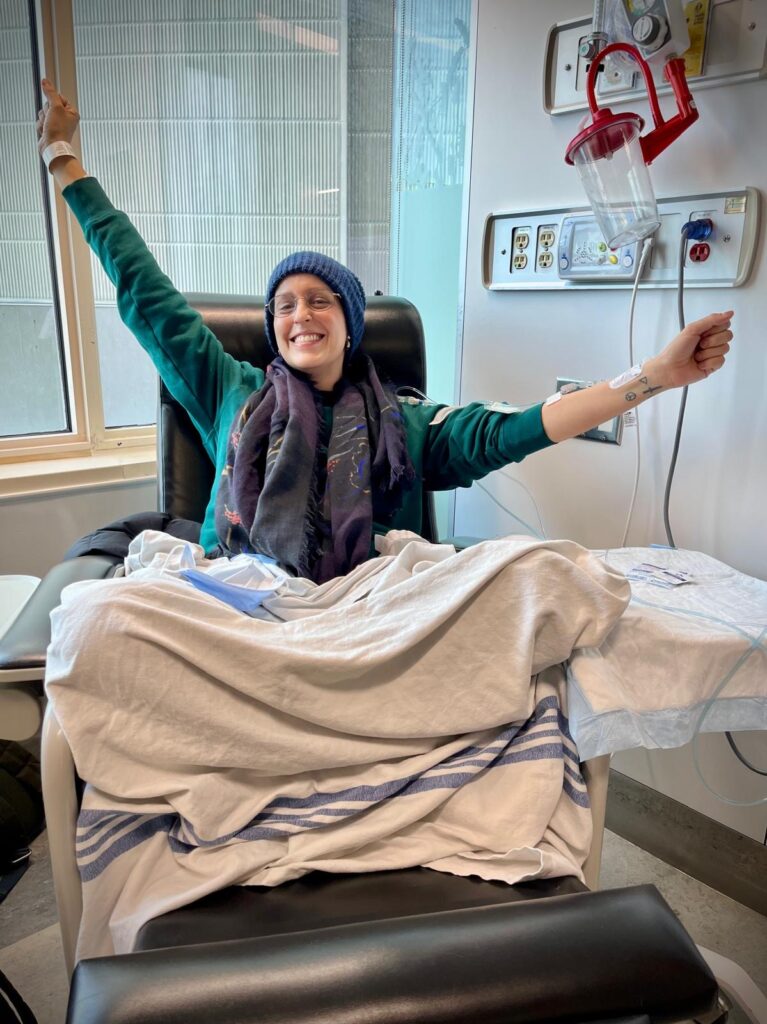
I DID IT!!! I completed my 8th and FINAL chemo! It’s been a long (yet somehow short) road to get here. With every session behind me, I heard my beautiful mother’s voice saying, “It’s one less to go,” and that’s exactly how I approached this journey: counting down, always looking ahead to the next small challenge to overcome, one step at a time, believing I was one day closer to the cure. I’m beyond grateful for all the love and support that carried me through. THANK YOU! And this isn’t even the best news today! I had an MRI to see how the cancer responded to treatment, and my doctor’s words were: “best result possible.” The 6cm tumor is no longer seen, and the 8 affected lymph nodes have resumed normal morphology. While I can only officially say I’m cured after five years in remission, and the final confirmation that I’m free of cancer will come from the pathology after my mastectomy, I FEEL CURED!
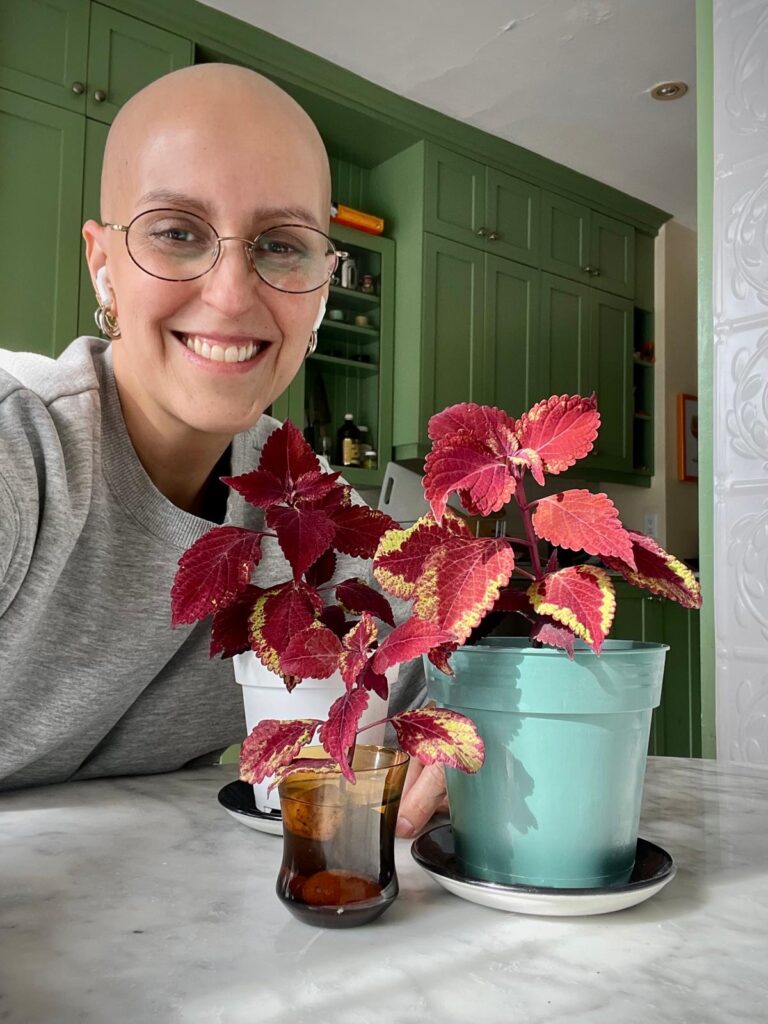
It’s been two weeks since my last chemo – when I’d typically send an update. But today, it’s not from a chemo chair (yay!) but from this sun-filled table, where I witness these plants grow. Around the time I started treatment, I took clippings from this plant, which was about to die in the freezing winter. Impermanence is the nature of all things… yet its beauty felt too extraordinary to let disappear. So, I brought these pieces inside, placed them in water, and cared for them. New roots and leaves quickly emerged, outgrowing their jar and needing to be transplanted into soil, where I now watch them thrive! At the same time, I was undergoing chemo, being tended to, and transforming into a “cancer thriver.” (We are no longer called “cancer survivors” because thriver goes beyond survival. It speaks to resilience, growth, and the commitment to truly thrive beyond cancer.) And so, like these small plants, grown from what once was, I, too, am rooted in new soil – now waiting for the surgery on March 19.
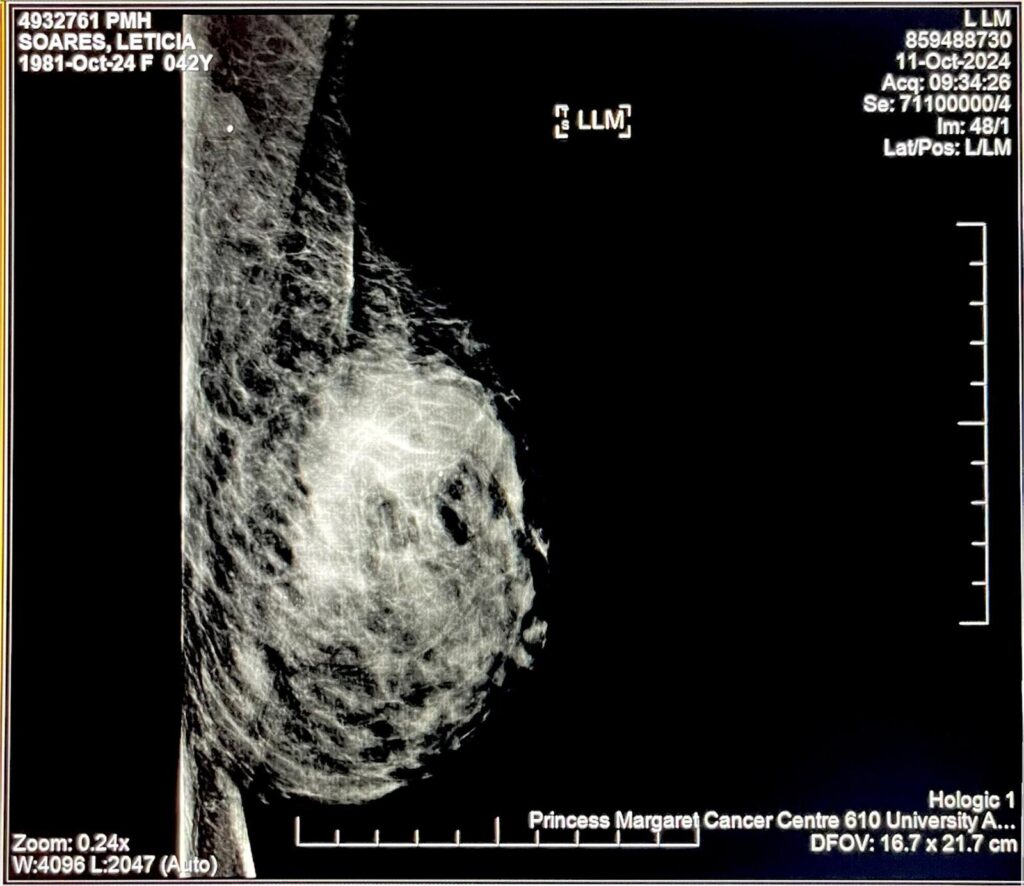
My surgery is tomorrow! After much reflection, I have chosen to have a bilateral mastectomy without reconstruction – or to “go flat.” The alternative would mean years of additional surgeries and possible complications, only delaying my highest priority: reclaiming my life in California with Nico. This surgery is a turning point, the moment all cancer tissue (pictured above) will be physically removed from my body. While my treatment continues, this is the most tangible act of non-attachment in my healing journey. Choosing to go flat may seem radical in a society that equates femininity with physical form, but I am not defined by my silhouette and refuse to chase an illusion of permanence in the body. I am prioritizing healing over aesthetics, self-acceptance over conformity, and freedom over an endless cycle of procedures that would continue to keep me away from my son. Please pray for a smooth and successful surgery at 8 AM EST tomorrow.

Surgery was a success! It lasted 4 hours and I woke up from the most pleasant dream that I was in meditation. I’m recovering with very little pain and feeling at peace. Thank you so much for your prayers! All my love.

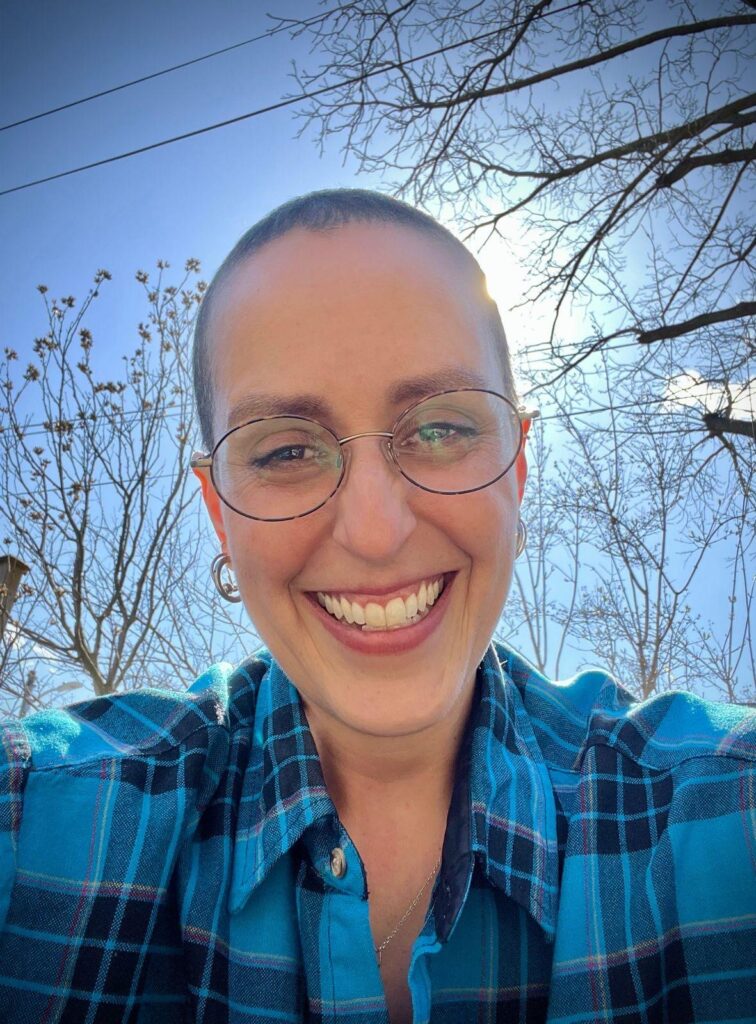
On August 29, 2024, I received the diagnosis of breast cancer. Today, just eight months later, I had my final appointment with the surgical oncologist to review the pathology results from my surgery, and I had the immense privilege of hearing my doctor say these words: “Yes, you can say you are in remission. In fact, I would say you are cancer free.” CANCER FREE. The words that anyone facing this diagnosis dreams of hearing. I can’t fully describe how powerful it was to hear those words come from my doctor’s mouth. A wave of relief and overwhelming joy washed over me. Although I still have one more month of radiation ahead (starting May 7), and will continue immunologic chemotherapy until the end of December, I now feel a deep sense of freedom – the kind that comes when you know you’ve been carried through something immense by grace. I am FREE to carry God’s will forward, with more faith, love, and gratitude than ever before!

